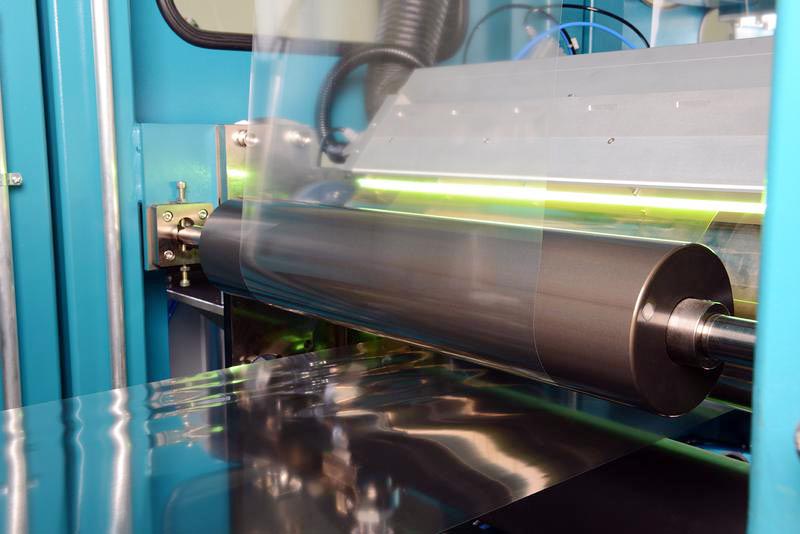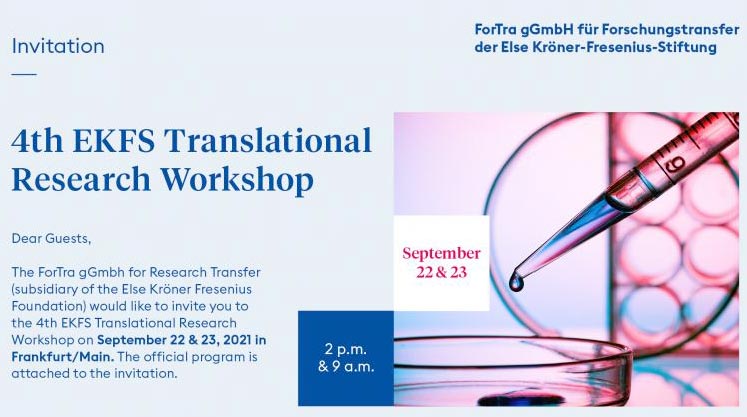

UNEP’s Atmospheric Brown Cloud (ABC) project has identified the HKH foothills region as one of the hotpots of the globe in terms of poor air quality. Indoor and outdoor air pollution contributes to 2 million premature deaths a year in South Asia.
Furthermore, studies have shown how air pollution affects the hydrological cycle in the HKH region, with significant effects on monsoon patterns. Air pollution is also a key factor behind accelerating glacier melt and has an adverse impact on agriculture, tourism and livelihoods.
In this context, a tutorial workshop on the use of the Weather Research and Forecast with Chemistry (WRF-Chem) with 20 participants from the HKH region was successfully conducted at the headquarters of the International Centre for Integrated Mountain Development (ICIMOD) in Kathmandu, Nepal from 1 to 5 June.
The workshop, which was jointly hosted by ICOMOD and IASS, took place in the framework of the project ‘Sustainable Atmosphere for the Kathmandu Valley’ (SusKat). SusKat was initiated to conduct a comprehensive assessment of various aspects of air pollution in the Himalayan region, with a focus on the Kathmandu Valley.
The workshop aimed to boost the capacities of atmospheric scientists in the region. “This training will provide the participants with technical knowledge and help them understand the modelling framework for using the WRF-Chem model over the HKH region,” said Regional Programme Manager Dr Arun Bhakta Shrestha during the opening at ICIMOD.
The workshop enabled atmospheric modellers in the region to contribute insights from a local/regional perspective, thus enhancing the existing body of knowledge on atmospheric issues such as air quality and climate change. It also opened up possibilities for future collaboration among participants on cross-border atmospheric issues.
Weather Research and Forecasting (WRF) is the latest-generation open-source meteorological model designed to serve both atmospheric research and operational weather forecasting needs. It was developed collaboratively by several agencies in the United States, including the National Oceanic Atmospheric Administration (NOAA)/NCEP, NOAA/ESRL, and the National Center for Atmospheric Research (NCAR), and has been used by over 20 000 users in 130 countries.
WRF-Chem is a version of WRF that simulates the emission, turbulent mixing, transport, transformation and fate of atmospheric trace gases and aerosols. It is particularly well-suited to simulating or forecasting atmospheric conditions where there are interactions between atmospheric chemistry and meteorology, for example, when air pollutants affect raindrop formation or when haze affects atmospheric heating and cooling. There are 3 000 registered users of WRF-Chem worldwide.















